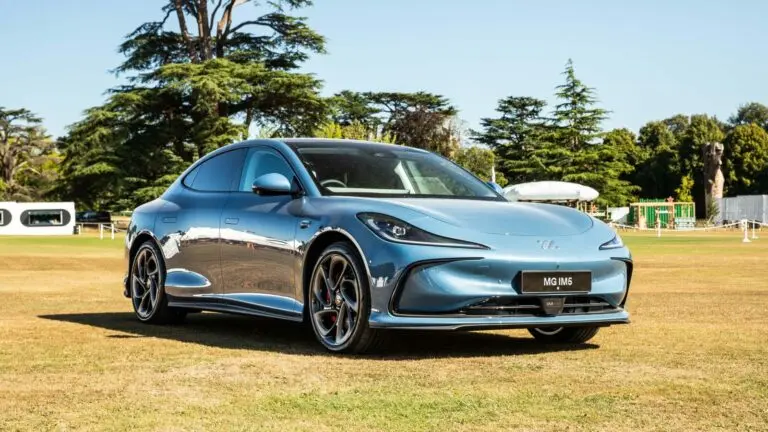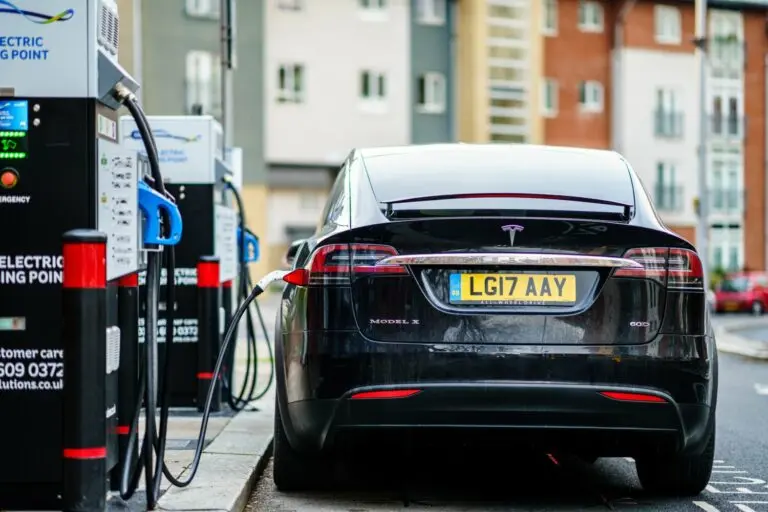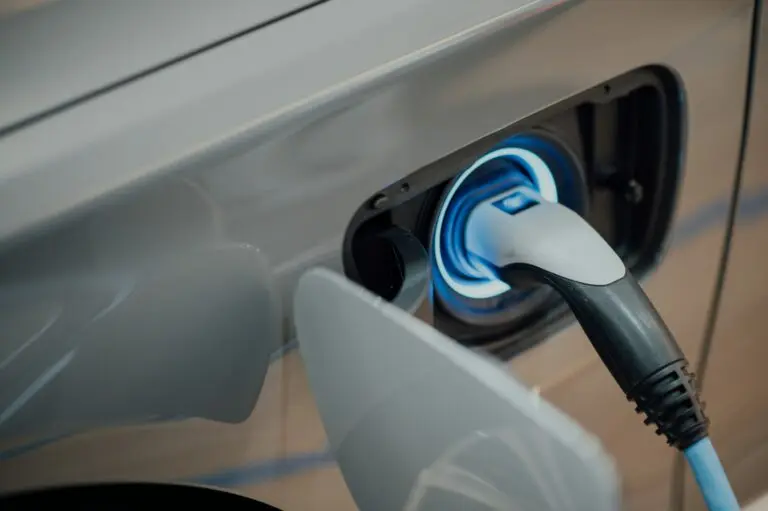It’s a subject at the heart of every debate on the energy transition: the massive installation of charging points for electric vehicles. While the figures are quite good and growing steadily, another question arises: who is really driving this development? Companies, governments or both?
As the energy transition gathers pace, the race to install charging points for electric vehicles is becoming a major strategic issue. But behind the relatively rapid growth of the network lies a mix of policies, business initiatives and, in some cases, public-private partnerships.
Installation of recharging points: public authorities get in touch…
In many countries, political will has served as a trigger. The European Union, in particular, has set itself ambitious targets for the energy transition, led by a ban on the sale of new combustion-powered cars from 2035. The Member States have followed suit, with a host of plans to support electric mobility. France, for example, has introduced financial assistance for the installation of charging points, including the « Advenir » bonus for apartment dwellers.
Governments are also using legislation to encourage the installation of charging points. In some countries, new buildings, public car parks and shopping centres are required to have a percentage of spaces equipped with charging points. In Europe, the obligation to install charging points in new or renovated buildings stems from the 2021 EPBD directive. The directive requires residential buildings to be pre-equipped – i.e. to anticipate the future installation of charging points – and non-residential buildings to install charging points for as few as 10 parking spaces.
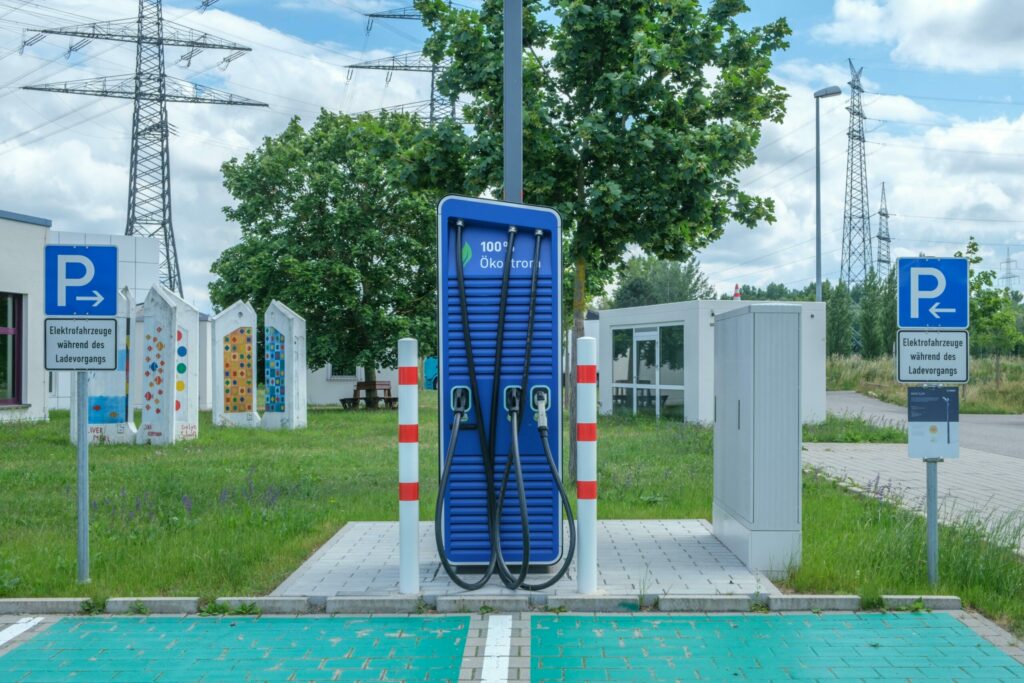
But some countries, such as France, the Netherlands, Germany and the UK, are not content to follow these rules and have decided to go one step further. For example, France and Germany require up to 100% pre-equipment in new residential car parks, while the Netherlands and the UK systematically require bollards in new commercial and residential buildings. But it’s not just about making it compulsory. At the same time, public investment remains massive: in Germany in particular, a €6.3 billion plan has been committed up to 2026 to support the development of recharging infrastructures.
… And the private sector is stepping on the accelerator
While governments provide the impetus, it is often companies that are responsible for the actual deployment of charging points. From Tesla and Fastned to Ionity, Allego and TotalEnergies, the major players in the private energy sector have been investing in the deployment of charging point networks for several years now, buoyed by the government’s ambitions mentioned above. For the moment, they are located mainly on major roads, in major cities and in large shopping areas. These charging points promise a return on investment that will keep pace with the increase in the number of electric cars on the road, and are therefore highly attractive to these multinationals.
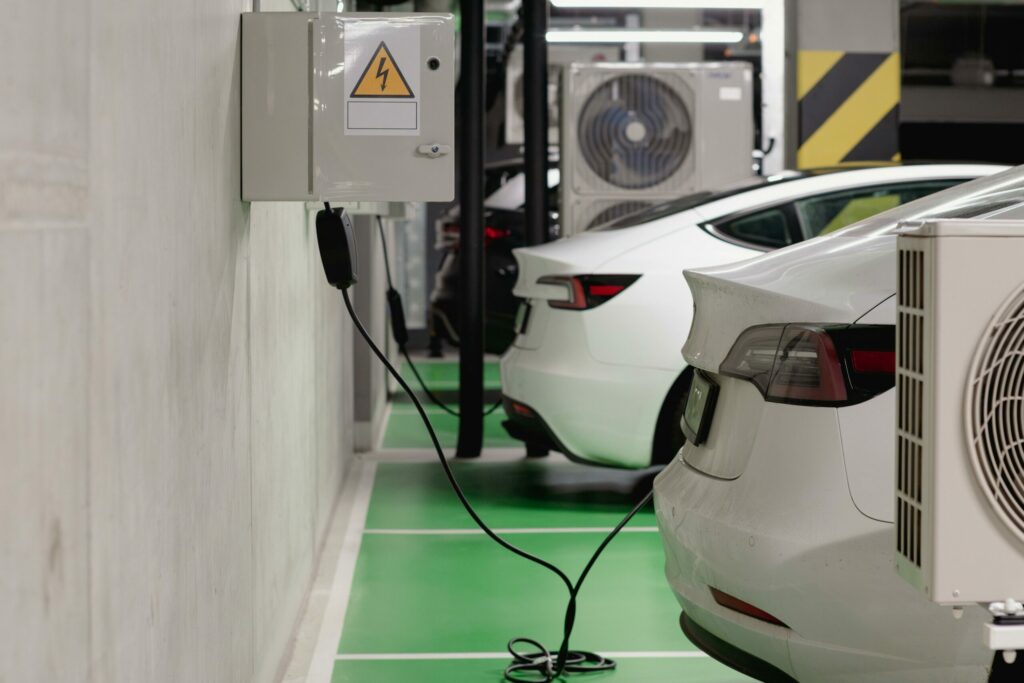
In rural areas, less densely populated towns and secondary roads, which are seen as less profitable in the short or even medium term, public-private partnerships are on the increase. In several European countries, they are playing a key role in developing charging stations in these still forgotten areas. In France, the government provides up to 50% of the funding for some private projects via ADEME, while in Germany, the Deutschlandnetz programme provides massive subsidies for fast-charging stations operated by private-sector operators. The United Kingdom, with its LEVI programme, also supports local authorities working in partnership with private operators. The Netherlands, meanwhile, has introduced regional tenders that enable companies to part-finance the installation and operation of recharging stations. These projects enable companies to secure long-term market share and public authorities to achieve their objectives.
Finally, in the residential and tertiary sectors, start-ups and SMEs are also taking a growing share of the market. Some companies see the installation of bollards as a natural diversification of their business, as do energy companies and public works firms. This is particularly true of Sungrow, a photovoltaic specialist that launched a subsidiary dedicated to charging stations around ten years ago.
States and companies car pool on the installation of charging points
The current dynamic is therefore based on an interaction between public incentives and private strategies. When governments push for the adoption of electric vehicles, they are obliged, in turn, to encourage the installation of charging stations. And companies see this as an attractive financial lever and are investing to make sure they don’t miss out.
And while everyone’s priorities are not always aligned (the private sector favours profitable installations, while the public authorities seek to guarantee the widest possible coverage), co-financing is a good way of encouraging companies to invest in less attractive installations, which are crucial to convincing as many people as possible to switch to electric power.
In some countries, such as the Netherlands mentioned above, the success of electric mobility (more than a third of electric cars in the fleet) is based on the balance between an incentive-based legislative and fiscal framework and early investment by local companies. An example worth following!


